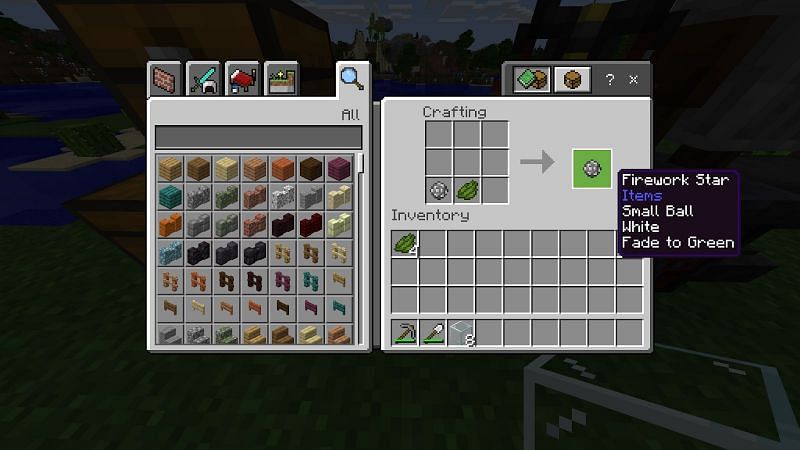Table of Content
- How to make tie-dye clothes
- How To Upcycle Old Pillowcases, Tees And More Into Tie-Dye Masterpieces
- How do you wash a tie dye shirt after dying it?
- What Precautions Should Be Taken Before Making Natural Hair Dye?
- Next, decide what you're dyeing
- DIY Natural Food Dyes
- How to Soothe Your Baby With Gripe Water
Natural fabrics such as cotton, linen, muslin and wool will take dye more readily than a synthetic material. To loosen the fibers of the fabric and allow the dye to set in better. Collect your plant materials when they are at their peak of color. Flowers should be fresh, Berries should be very ripe, not withered.

Twist the strands after wetting so you don't end up with stark blocks of color. "Care of naturally dyed clothes is important if you aim to preserve the color for as long as possible," Spencer says. "This is knowledge we've lost over decades of a prioritization of convenience over care and consideration when it comes to clothing." Read on for tips from Tirado-Leist and other experts. "It has been a whole mind-, body- and soul-healing experience to connect with plants in this way," she explains. Direct dyes are those that are applied directly to the substrate.
How to make tie-dye clothes
Place your dyed garment into a heavy-duty, microwave-safe ziplock bag and squeeze the air out. Seal it and microwave for 60 – 90 seconds in small increments (10 – 30 seconds). Watch it closely and stop the microwave immediately if the bag inflates with steam. As I said earlier, this is a super fun and easy project that kids will surely enjoy. They love playing around with color and expressing their personalities, so tie-dyed garments will keep them entertained and proud of their work.

You don’t need a lot of dye if you’re making only one t-shirt, so I measured out 1/4 of a cup of hot water , added 1/4 of a tablespoon of dye, and 1/8 of a tablespoon of salt. Salt helps the dye cling to the cotton fibres, making the outcome brighter and more colourfast—very good things in the world of dye. Follow these instructions to make natural dyes from basic grocery store ingredients. You can store bread in the fridge without hesitation, it is even recommended. As already mentioned, high temperatures are conducive to mould formation, so low temperatures will prevent this.
How To Upcycle Old Pillowcases, Tees And More Into Tie-Dye Masterpieces
During the supercritical fluid extraction process, a supercritical fluid solution is used to extract the plant material. This method has the advantage of being faster than aqueous and enzymatic extraction methods, but it is also capable of producing low-quality dyes. Extraction of the color from plant material is done by either alkaline or acid. It is faster than the supercritical fluid extraction process but can produce low-quality dyes as well.
If your hair is longer than shoulder-length, buy at least 2 boxes of dye in case you run out during the process. You should only need 1 box if your hair is shoulder-length or shorter. Use tongs to add your dyeable item to the mixture while the dye is still warm.
How do you wash a tie dye shirt after dying it?
Go with a dye 2 to 3 shades lighter or darker than your current color. When deciding between 2 colors, stick with the color that is closer to your natural color. Making a big change, like bleaching dark hair, is best done with a professional salon colorist. If you just want a light pink, you can grate beets into a piece of cheesecloth or muslin and squeeze the juice out.

Unless you intend to dye your hands, too, wear rubber gloves. Mix the hot water, dye, and salt well in your measuring cup, then pour into your squeeze bottle . Launder naturally dyed fabrics in cold water and separate from other laundry. Place the wet fabric into the dye mixture and simmer it until the desired color is achieved.
What Precautions Should Be Taken Before Making Natural Hair Dye?
To fix dye, use vinegar and tin as post-dyeing mordants. As a result of increased awareness of environmental pollution, the global textile industry is experimenting with dyeing textiles with plants and animals. The International Conference on Natural Colors 2002 brought together natural dye experts from all over the world to discuss issues related to dyes. Eco-standards have been established to identify the health effects of toxic and nontoxic dyes and chemicals on animals, and stringent eco-friendly practices are in place. Because the quality of natural dyes varies greatly, it is best to consult with an importer first. The dye is reduced by bacterial and yeast fermentation during fermentation.

Apply the bleach mixture to the exposed fabric of the garment. Since I dyed a pink sweatsuit, I opted to use bleach. Since bleach can be kind of hard to find, I recommend looking in store. Keep your work environment clean before you dye anything.
Apply tinted hair gloss every other week to boost color. A lightweight hair gloss can add a little life to your dyed hair. It will improve shine, reduce brassiness, and smooth your strands, making it look fresh.

This trick will protect your skin from the dye and prevent stains, which can be tough to remove. You can also use a thick lotion or moisturizer to create a protective barrier. To make blue, add ½ tsp baking powder to the purple dye, and watch it transform before your eyes! To make pink, add the juice of ½ lemon to the purple dye and it will turn a reddish-pink instead. This is a messy one, so make sure to wear gloves and an apron. Cover your surfaces with a few layers of newspaper before you start, or, even better, put a wipe-clean oilcloth on the table.

No comments:
Post a Comment